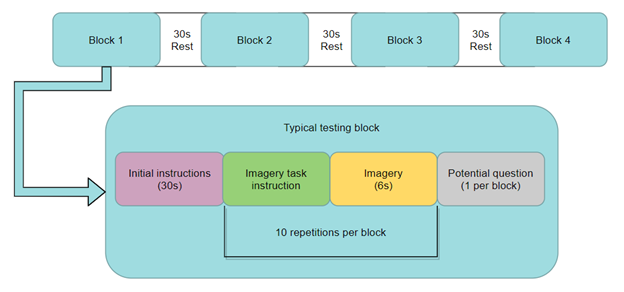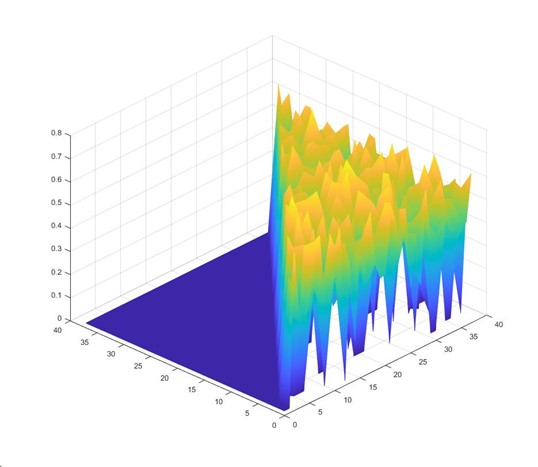A major setback in Brain-Computer Interface (BCI) research has been the prevalence of BCI illiteracy. A significant portion of users are unable to establish a reliable form of communication with a BCI. Previous research has been successful in reducing these illiteracy rates by focusing on different modalities (Dhindsa et al., 2017) or by encouraging user-specific mental work (Friedrich et al., 2012). This study attempts to replicate these results. A large battery of tasks that incorporated imagery from various modalities was administered to one participant, and then a personalized-BCI was created based on the individual’s success in the tasks. Tasks were selected based on previous BCI implementations as well as functional magnetic resonance imaging (fMRI) and positron emission tomography (PET) studies. We achieved a 70.3% average classification accuracy among the five most successful pairs of tasks. Due to time restrictions, online testing of a personalized BCI could not be completed. Future studies can further examine the success of our imagery tasks by using more than one participant. User-specific BCIs could be tested to demonstrate whether certain imagery is more successful in different users

Project 3: The design of our offline BCI testing.
Overview of data analysis:
EEG data processing & feature extraction
All EEG data processing and classification were done in the EEGnet framework (Saurabh reference needed). EEGnet is a framework in MATLAB and uses EEGLAB and FieldTrip toolboxes. First, a 0.05-100Hz band-pass filter was used on all data. This helped reduce noise and eliminate electrical interference (Leske & Dalal, 2019). Bad channels were then automatically identified, removed, and interpolated from the current session’s dataset. Bad channel detection involved removing flatline channels, filtering out drifts in channels, and discarding other channels that did not follow specified criteria. Next, independent component analysis (ICA) was performed. ICA is a form of signal processing that separates a signal into its subcomponents (Hyvärinen, 2013). This procedure was used to remove EEG signal artifacts such as blinks. Using a blind-source separation technique, ICA finds the independent components that make up a multivariate signal (Hyvärinen, 2013). Common spatial pattern (CSP) is commonly used alongside ICA in BCI processing (Marrugo et al., 2006). CSP separates a multivariate signal into its additive components such that the ratio of variance is maximized (Koles et al., 1990). EEG features such as directed phase lag index and band power were extracted from our data using CSP.
Classification model
A support vector machine (SVM) was used for classification due to its success in achieving accurate measures in BCI systems (Costantini et al., 2009). In our model, the x-axis contained the processed EEG feature vector. A minimum redundancy maximum relevance (mRMR) feature selection approach was used to identify which features best attributed to the classification output and which features correlated the least (Zhao et al., 2019). The y-axis held the different possible binary combination of each task and counter task. Our machine was trained with 75% of the data and tested with the remaining 25%. Due to the high number of task and counter-task combinations, the preprocessing and classification code was uploaded on to McMaster’s SHARCNET server for increased performance efficiency.

Project 3: The classification accuracies of all pairs of EEG tasks are plotted. The z-axis is classification accuracy normalized to a range of [0,1]. The x-axis and y-axis contain each numbered task. Tasks paired with themselves were not tested and were set with a default classification accuracy of 0.